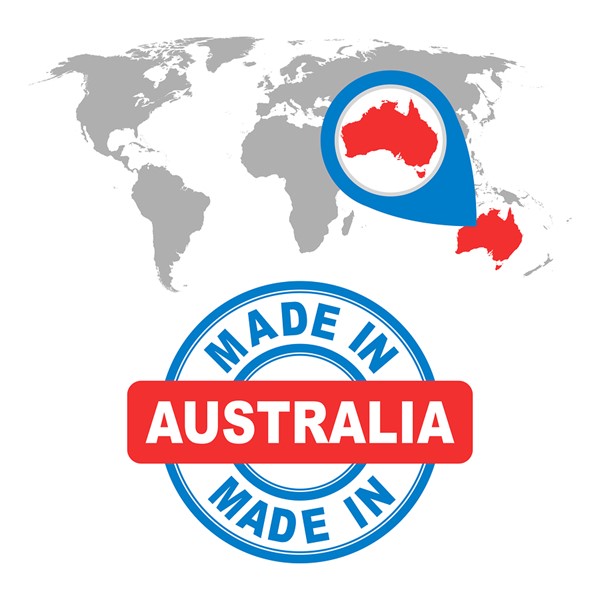The ALP proposes to set up an Australian Manufacturing Future Fund if successful at the next federal election, due within the next twelve months. It is aimed at assisting manufacturers, especially SMEs, who face barriers to securing necessary finance for innovation and growth into higher value markets.
The AMFF would be modelled on the Clean Energy Finance Corporation, brokering a mix of public and private funding aimed at reducing the risk profile for new investments. It will offer equity, concessional loans and loan guarantees, not cash grants. It may be open to co-investments with CEFC and EFIC to target investments that include energy efficiency or export development objectives.
The investment mandate of the proposed Manufacturing Fund will be based on public policy objectives (to be determined after consultation), but the focus will include transformation of the automotive and food manufacturing sectors.
The AMFF would be expected to deliver a return to taxpayers for public funds invested across the range of projects supported.
Further details on the AMFF are available here.
Accelerated Depreciation
The ALP proposes that from 1 July 2020, all businesses operating in Australia be allowed to immediately expense 20 per cent of the value of eligible depreciable assets (those each valued over $20,000) in their first year. The balance will be depreciated in line with normal depreciation schedules after the first year. It is proposed as a permanent change to accelerated depreciation rules, not for a limited time.
The proposal is called the Australian Investment Guarantee and its scope and key design features are:
- Eligible assets will include tangible machinery, plant and equipment for both upgrades and new purchases (for example, farm tractors and food processing machinery) and intangible assets (“knowledge assets”) which make up an increasingly larger component of non-mining investment (for example, software, patents and copyrights)
- Investments in structures and buildings are excluded and it would not apply to passenger motor vehicles. It would apply to trucks, vans, utes etc.
- It would not apply to otherwise eligible expenditure currently claimed under the existing research and development tax concession
Want to comment on this topic? Click 'Have Your Say' and add your thoughts.







